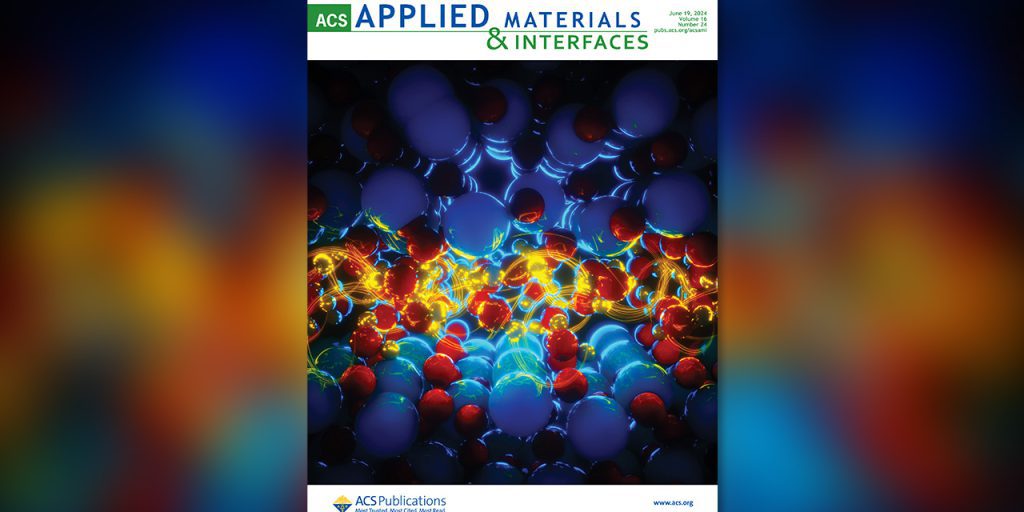Researchers at Lawrence Livermore National Laboratory (LLNL) have discovered a new mechanism that can boost the efficiency of hydrogen production through water splitting.
This research, published in ACS Applied Materials & Interfaces, was featured on the journal cover and provides new insights into the behavior of water reactivity and proton transfer under extreme confinement, suggesting potential strategies to enhance the performance of electrocatalysts for hydrogen production, while protecting the catalyst from degradation.
Hydrogen production via photoelectrochemical water splitting has long been considered a “Holy Grail” of electrochemistry. A key for the widespread deployment of this technology is the development of an active, durable, yet affordable electrocatalytic system.


